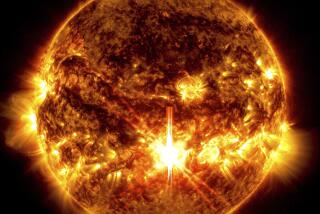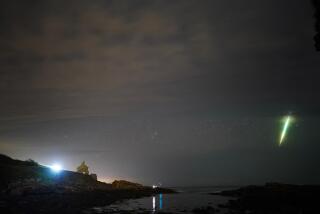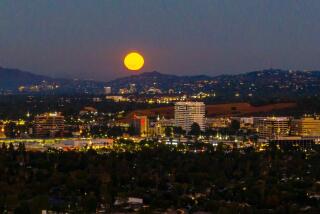Look up! Annual Leonid meteor shower peaks this weekend
Hey there, hopeful sky watchers. The Leonid meteor shower is going to peak this weekend and with a little work (and a little luck), you may be able to see some cool shooting stars.
The annual Leonid meteor shower occurs each November, when the Earth passes through a stream of debris left in the wake of the comet Tempel-Tuttle.
When the Earth moves through the comet’s orbital path that dusty debris burns up in our atmosphere, causing what looks like shooting stars to streak across the night sky.
This year, the annual meteor shower is expected to peak between Saturday evening and Monday morning.
Most years the Leonid meteor shower is responsible for 10 to 15 meteors per hour at its peak, but it has been known to occasionally cause dazzling meteor storms. In 1833 observers said the Leonids produced 100,000 meteors per hour, according to EarthSky.org. During another storm in 1966, lucky viewers got to see 10 to 15 meteors per second.
The last meteor storm was in 2002, and unfortunately, astronomers do not expect another one this year. And to make viewing matters worse, the meteor shower’s peak on Sunday night coincides with the full moon. So all but the very brightest meteors will be drowned out by moonlight.
This year, your best bet to catch a Leonid meteor is not to look at the sky during the shower’s peak. You can try looking up Friday night between midnight and dawn, or even as late as midweek next week during the same time of night.
It may take a little luck to catch a Leonid meteor shower this year, but we salute anyone who tries.
Happy viewing!
Glass half-full sky watchers are the best sky watchers. Follow me on Twitter for more like this.
ALSO:
Comet ISON, visible in binoculars, now with a double tail
Scientists find black hole spewing iron, nickel in powerful jets
NASA’s glamour shot of Saturn includes Earth, moon as tiny specks







